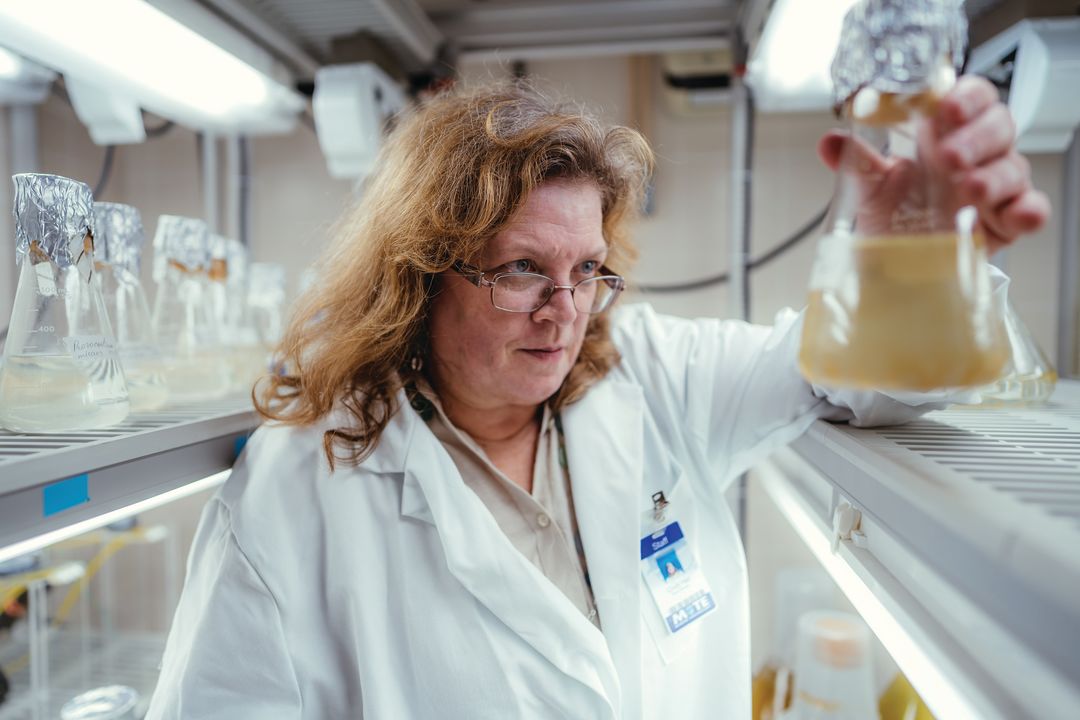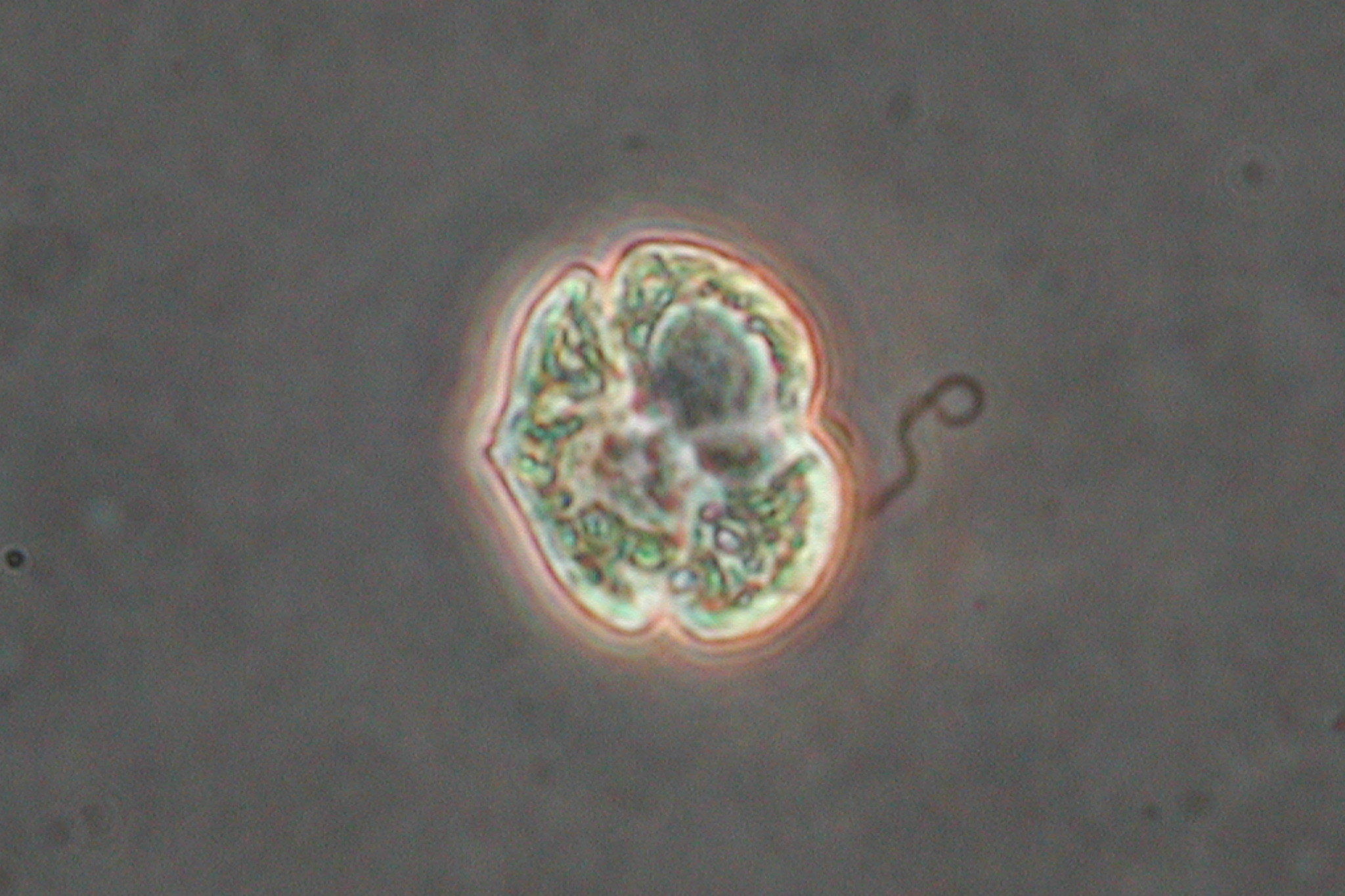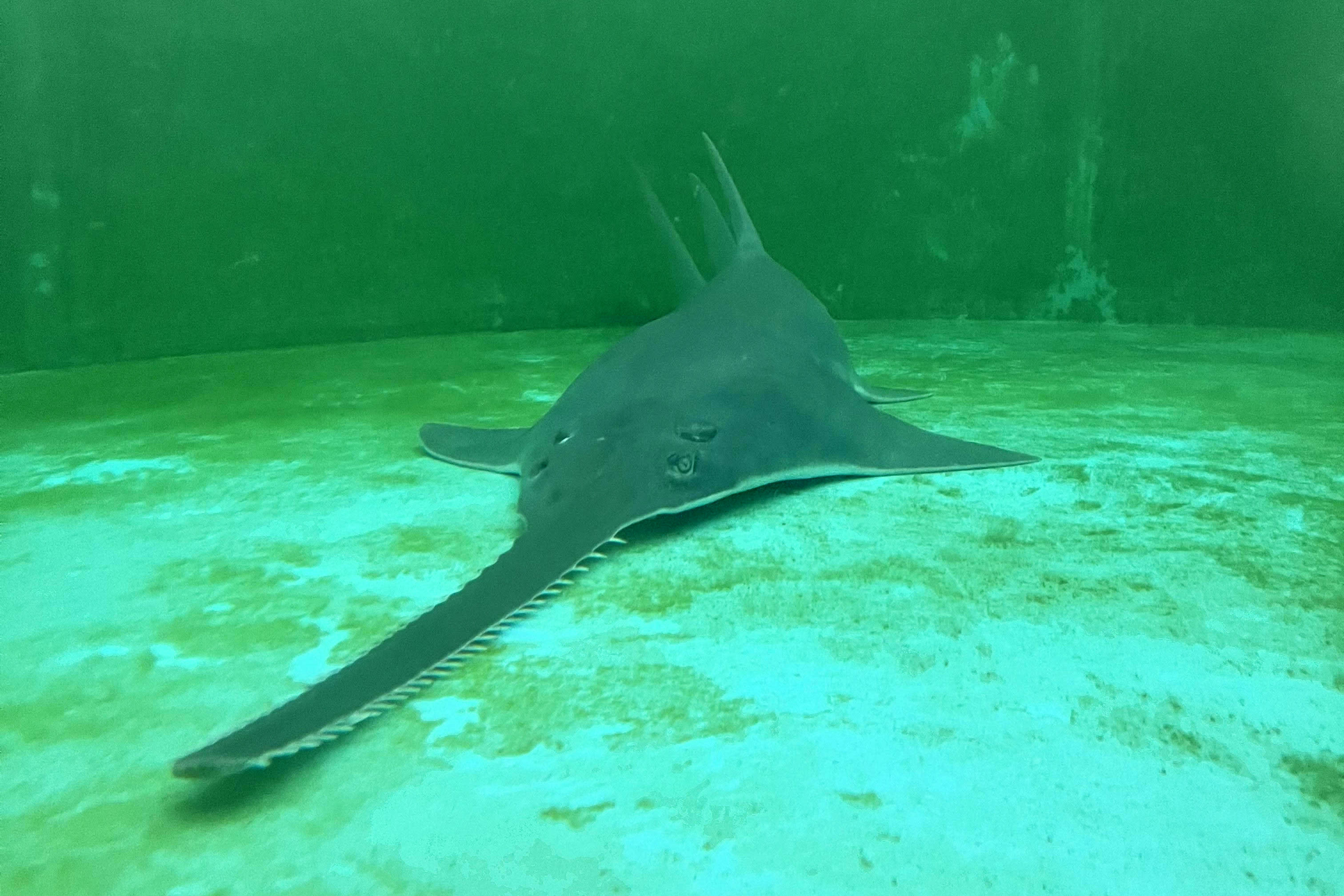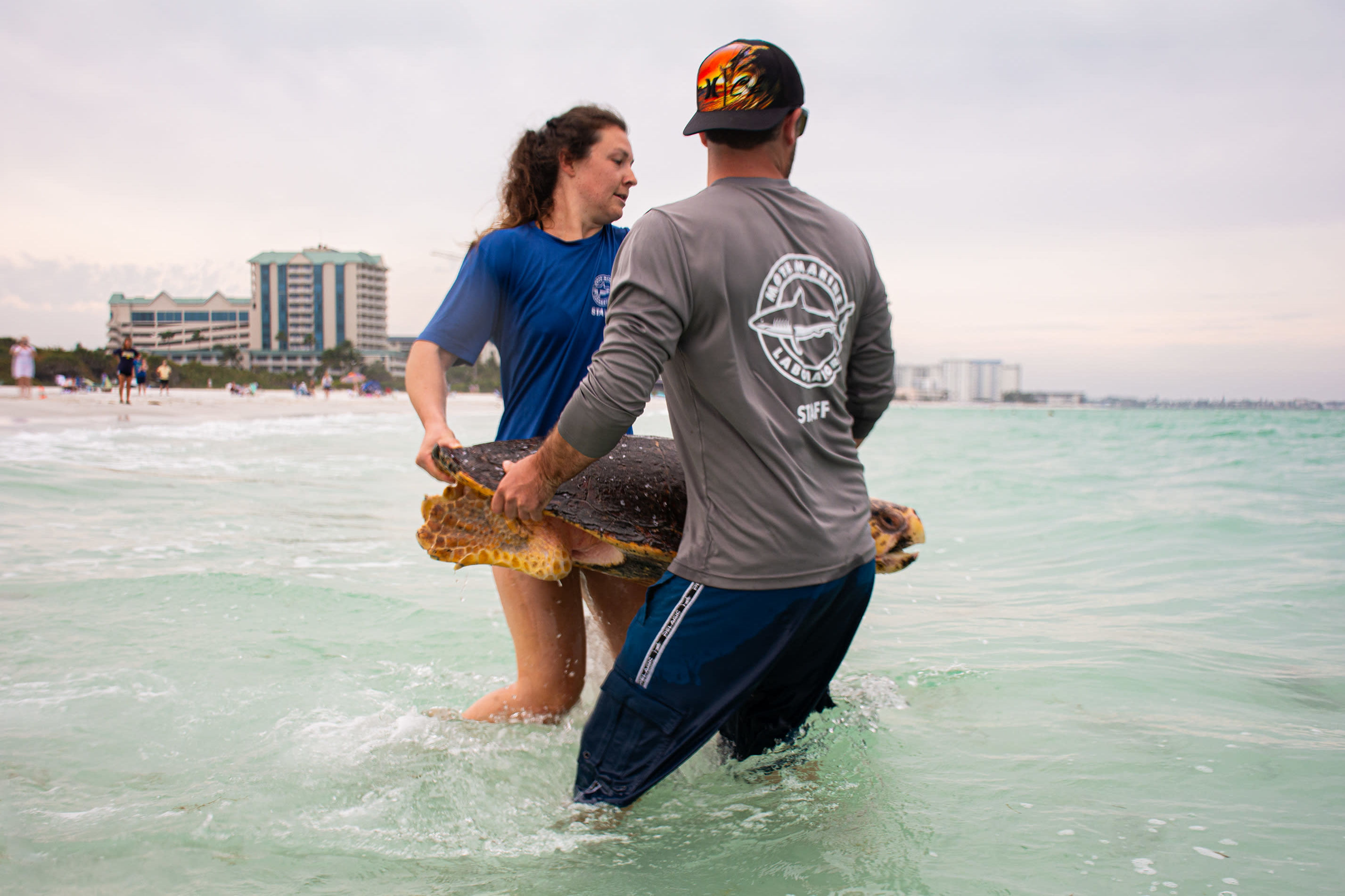Cynthia Heil Came to Town to Tackle Red Tide

Dr. Cynthia Heil
Image: Everett Dennison
As director of Mote Marine Laboratory’s new Red Tide Institute, Cynthia Heil will be tackling one of the region’s highest-profile issues. Heil, who came from a laboratory in Maine where she was studying harmful algal blooms, says she realized how much Sarasotans care about red tide when her landlady’s reaction to learning about her job was, “Yes! You’re going to be the one to get rid of it!” A noted researcher, Heil, who often speaks to scientists and the public, has a knack for making complex science understandable.
"I am the product of an engineer and an artist. My three siblings are engineers. I am the radical in the family. We moved around a lot, but there was one constant. For generations, my mother’s family has summered in Maine, and we spent four months every year on an island, playing in tidal pools, fishing and enjoying all things marine. I got introduced to red tide there. There’s red tide in all coastal areas; each one is a different species of algae.
"I went to Purdue University and was pre-vet. In my senior year, I found out I was allergic to cats and decided to become a biologist. My 10-year-old son knows we can’t have a cat; he’s been trying to guilt me into getting a hedgehog.
"I went to graduate school in marine sciences at USF in St. Petersburg in the mid-1980s. The program had just started, and it was a wonderful time to be there. I had a great adviser. At a time when there was discrimination against women, he had all female graduate students in the lab and his wife was a Ph.D. scientist. Discrimination isn’t as prevalent now. But it exists. It’s subtle—who gets funding, who gets support in the lab, or ship time.
"Back then, there wasn’t a lot of interest in red tide and there certainly wasn’t funding support, or even a monitoring program. But in the ’90s, outbreaks became more frequent and lasted longer. Red tide can be a huge drain on the economic and social fabric of coastal communities. And unfortunately, people forget about it after it goes away. That makes it hard to sustain interest—and funding.
"Many factors contribute to blooms. People often blame pollution, and it can be a contributing factor, but the evidence does not suggest that near-shore pollution is a major factor. It’s human nature to want easy answers. But with red tide, there is no one thing to blame and there are no easy answers.
"I like to discover things. It’s fun to learn something through the scientific process that no one else knows. For example, in graduate school, I studied the behavior of Karenia brevis. Every other marine species we looked at went up to the sunlight in the day and down to feed on nutrients at night. But I figured out that Karenia brevis swims on the surface day and night. That was exciting.
"In a year we hope to have found and begin testing a compound that can mitigate red tide. It’s fairly easy to kill red tide cells. But when they die, they release toxins. You have to find something that kills the cells and eliminates the toxins. And we have to be careful. We can’t do more harm than good. We are looking at a toolbox of compounds and techniques that may be suitable for different conditions. For example, a compound that would repress aerosol formation, which causes human respiratory problems. You could spray that outside a waterfront restaurant.
"Politics are part of the equation. Some people feel we shouldn’t be manipulating the environment; others want to reduce nutrients but argue about which nutrients—or which industries—are involved. What I can do is put the best, most current, peer-reviewed science out there.
"My mentor ran Florida’s Fish and Wildlife red tide program for years. I took over her job when she retired. She taught me everything from how to do science to how to treat people. Her name was Karen Steidinger, and most of what we know about red tide is based on her work. They renamed the organism after her.
"The offer to come to this institute was incredible. Mote has a great red tide program and tremendous expertise, and it’s in the perfect spot to study red tide. And working on mitigation offers an immediate benefit for society. As scientists, we don’t often get to experience that. Our goal is to make this institution the hub of mitigation not just for red tide but for all harmful algal blooms."



